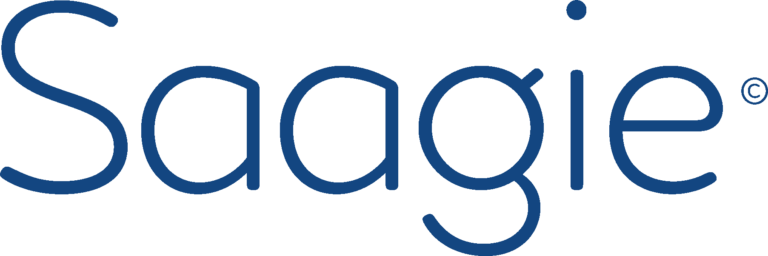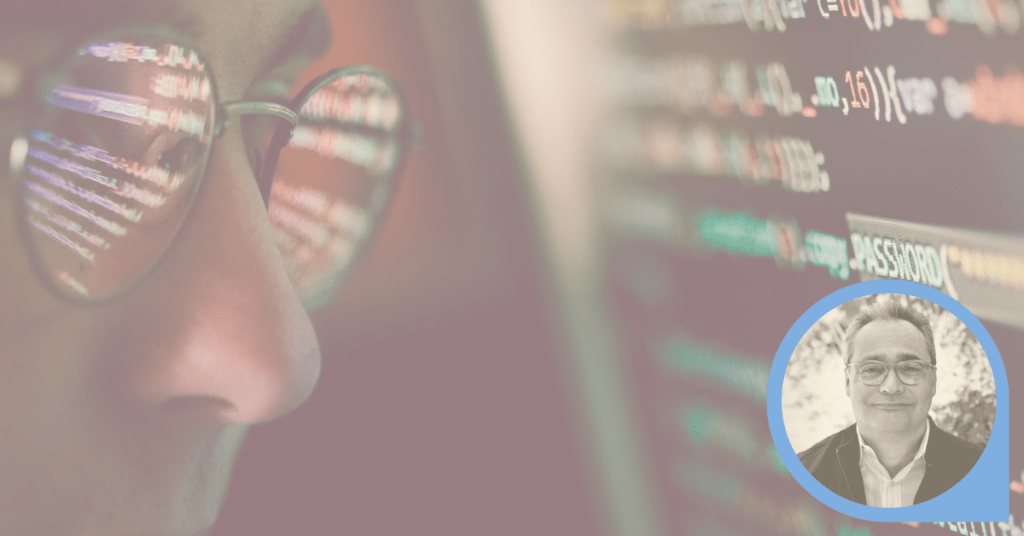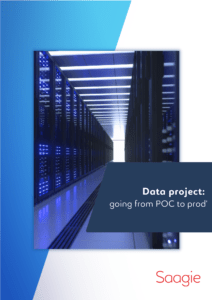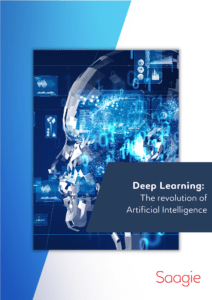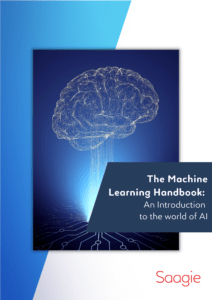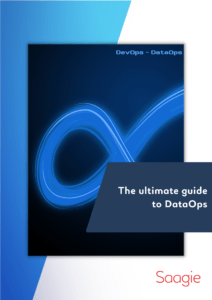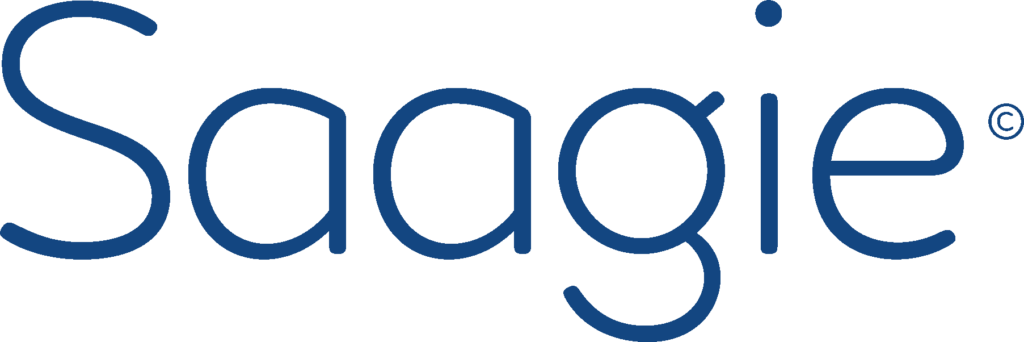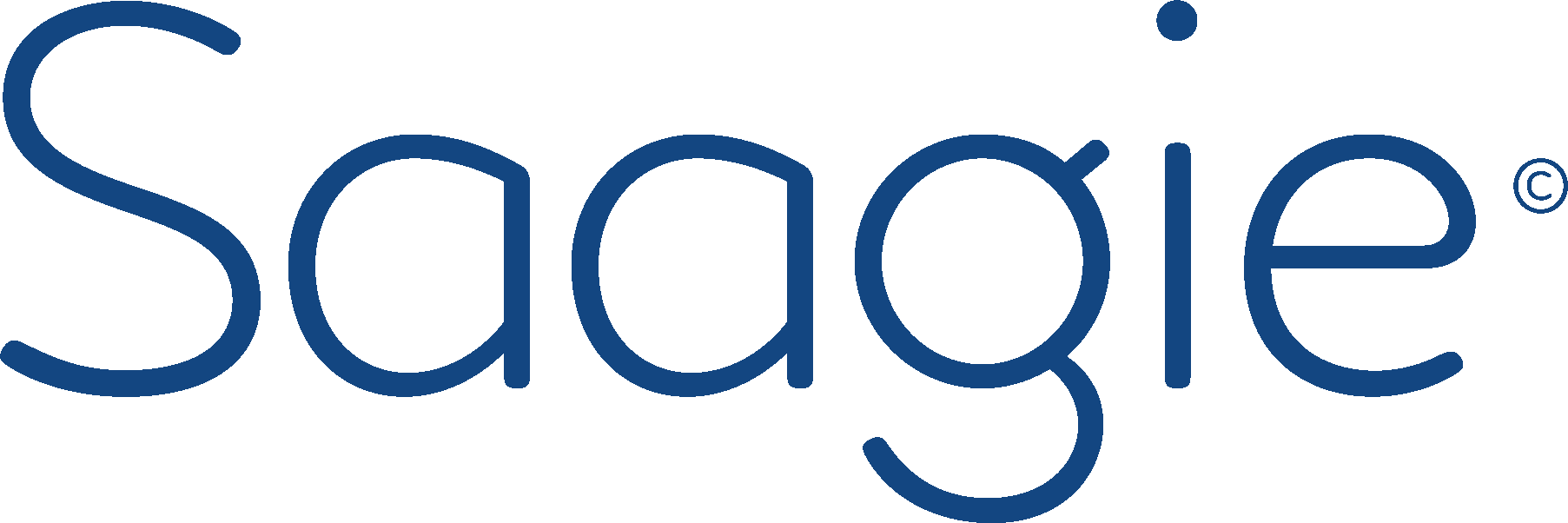This week, meet Guillaume Vives, serial entrepreneur, Chief Marketing Officer at Mirantis and advisor to Saagie. This will be an opportunity to discuss his extraordinary journey and his vision of the uses of AI.
Could you tell us about your background ?
I am a French from Brittany, more particularly from Côtes d’Armor and I studied in Paris. I then went to the United States to finalize my studies in the late 1980s. At the time, there was no internet or cell phone. On the other hand, it was during this time that I worked on the first internet networks that communicated – by email – between a few universities including the one I was in.
As soon as the Internet got into public spheres, I decided to continue working on these issues of networks, communication and new technologies in the Silicon Valley. What can new technologies do for us?
At the time, it was quite intriguing because when I was studying at MIT, as a French in the United States, to get news from France, I had to go to the library to find a magazine from Le Monde that already was 30 days old. The communication issues were therefore very strong and there was a noticeable gap between what technologies were able to do at the time, and what we actually did with them.
In 2000, I returned to the United States with the desire to take part in entrepreneurial adventures in new technologies, from the creation of the product to the structuring of the organization as a whole. I first worked at Agile Software, then this startup went public and was sold to Oracle. I then worked in a startup that went bankrupt and that was my best experience! We wanted to compete with Amazon, and we lost. This is where we review all the mistakes we made and better understand the next adventures. Today, I am more careful and I take more perspective on certain decisions.
Then I worked at Zuora, a small company that made 8 million turnover specializing in invoicing. I stayed there until an IPO was made and today the company is worth $ 2 billion. It is an amazing experience to create a huge company in a short period of time and create value.
Today, I am at Mirantis, where we help CAC 40 companies develop their own applications. Our platform works on all public clouds but also in private data centers. Our clients are banks, government agencies but also large technology companies like Booking.com.
Why did you choose to join the Saagie adventure?
I have been providing support in Product and Marketing strategy and good practices for nearly 20 years, and my activity was limited to the Silicon Valley. Now that my children are all adults (or almost for the last one), I have a lot more time to travel in Europe and I have decided to support French companies.
Saagie is tackling a large and ambitious problem that will enable its clients to take leaps forward in terms of understanding their business and their clients. The stakes are huge.
In addition, the internal team is very creative with a lot of ideas. So my role was to help the team focus on the value proposition. During the first six months, we had to reduce the number of products to focus on what really works. Indeed, too many products prevent innovation because it forces engineers to work on products that do not work.
How would you define Hack For Good, a concept that seems close to your heart ?
Tech people are very attached to the hacking phenomenon that began in the 1980s. It’s a creative process, much like graffiti in the streets. Graffiti artists do works in the streets because they cannot express themselves in their everyday lives. Hackers are people who have incredible computer skills, but they cannot channel themselves, they do not know the marketing nor business dimensions and therefore they express their intelligence and knowledge by Hacking. Once in a very secure network, the vast majority of hackers do nothing wrong, they post their results in hacker forums.
This phenomenon was very present in the 1990s. When these hackers are identified, we realize that they are extremely brilliant.
Recently, we have been trying to create an economy for these talents. The idea is to join hacker circles, where these talents will be able to find projects appealing to them and be rewarded when they find solutions to the problems posed. Large companies offer projects with a reward system (Bounties), which allows these talents to be channeled and helps companies improve their defenses. A good hacker can earn $ 50k to $ 200k per year. The best hackers can earn $ 500k to $ 1m per year.
For example, Apple has a streaming program, and a hacker figured out how to download contacts from a specific version of iOS. This hacker could have sold this information on the dark web but he didn’t, and Apple gave him $ 100,000 to cover the matter. This hacker has now become a star in the Hack for Good world, and regularly speaks at conferences.
How does AI and machine learning fit into this vision of Hack for good ?
Often, the innovation cycle will come to an end, and every three or four years, a new concept comes to revolutionize our organizations. One of the biggest changes of the past 5 years has been the arrival of artificial intelligence. We are entering a time when things will accelerate even more because we find this technology everywhere: in cars or connected objects for example.
All these commands, these features are on a network, which gives thousands of points. entry to hackers. Today, we can consider that there is no longer a rampart. The hacking processes will no longer last a few months, but rather continuously. We have a growing need for hackers. I myself work with a team of about twenty hackers on various projects.
Why are ethical questions so important when we talk about new technologies?
Before having children, I had a very precise opinion of what my future child was going to be (personnally and professionnally). And in reality, during education, we realize that there are so many external elements that in the end we have little control over who they will become. It’s a bit the same with new technologies and especially with artificial intelligence.
When you create an algorithm, it looks smart. For example, the algorithm that delivers videos to users on Facebook actually has some bias. If we start watching videos about negative topics, the algorithm will continue to provide me with this type of content. A person who views content of this type rarely is not a concern, but if it is consumed regularly then it can have an impact on the psychological state of individuals.
The problem we have today is that we play with fire and risk creating monsters unleashed in the wild. We can see this clearly today in the United States, where a wave of hatred, amplified by new technologies, is making itself felt. A new technology or an algorithm is good, but it can have very negative consequences. This problem will be resolved soon because it is well understood today and solutions exist. But I am sure that we will continue to find new ethical problems that we will solve as well.
This does not mean that we must completely stop creating, innovating in new technologies, but we must learn and continue to innovate.
What are the technological risks of tomorrow? How to respond?
Over the past 20 years, new technologies have brought a lot to society in terms of communication. The advent of the internet has created a world where we know other cultures much better.
The next 20 years will have a very significant impact in the field of transportation. Technological innovations in autopilot driving (Big data and AI, Saagie has a huge role here) and electric cars will fundamentally change our journeys and the impacts in terms of carbon emissions.
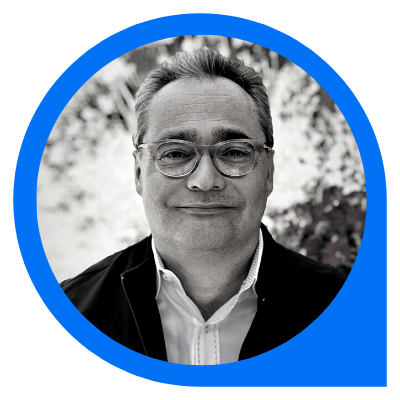
Cloud software Product and Marketing Executive, I had the chance to work with the best teams and I bring Leadership and Focus to Product Strategy. I help rally companies on launching disrupting new solutions to market.
I worked at Companies such as Zuora from inception to IPO; Agile Software (acquired by Oracle) and Bluejeans (acquired by Verizon).

